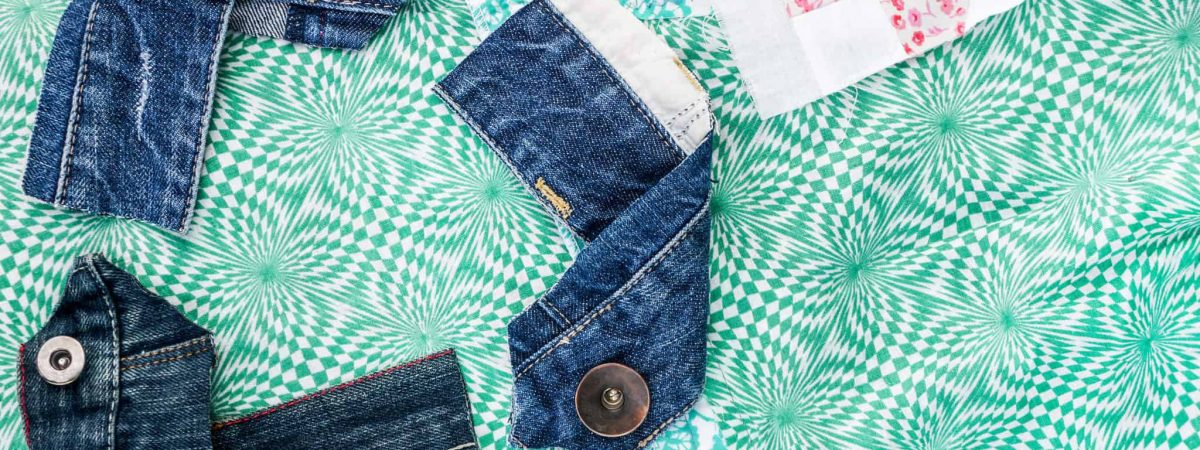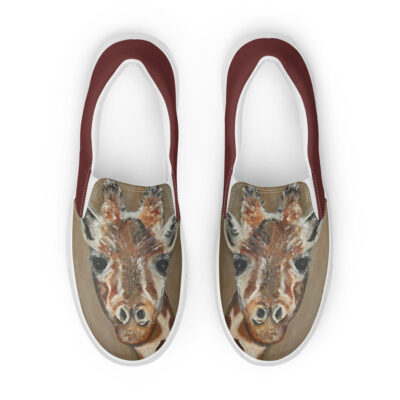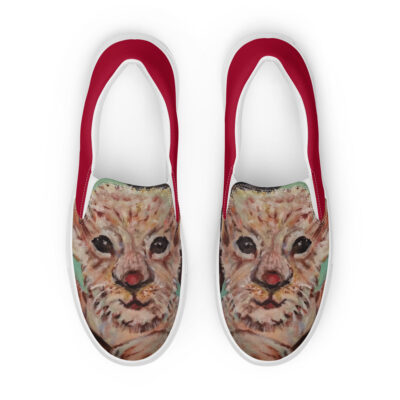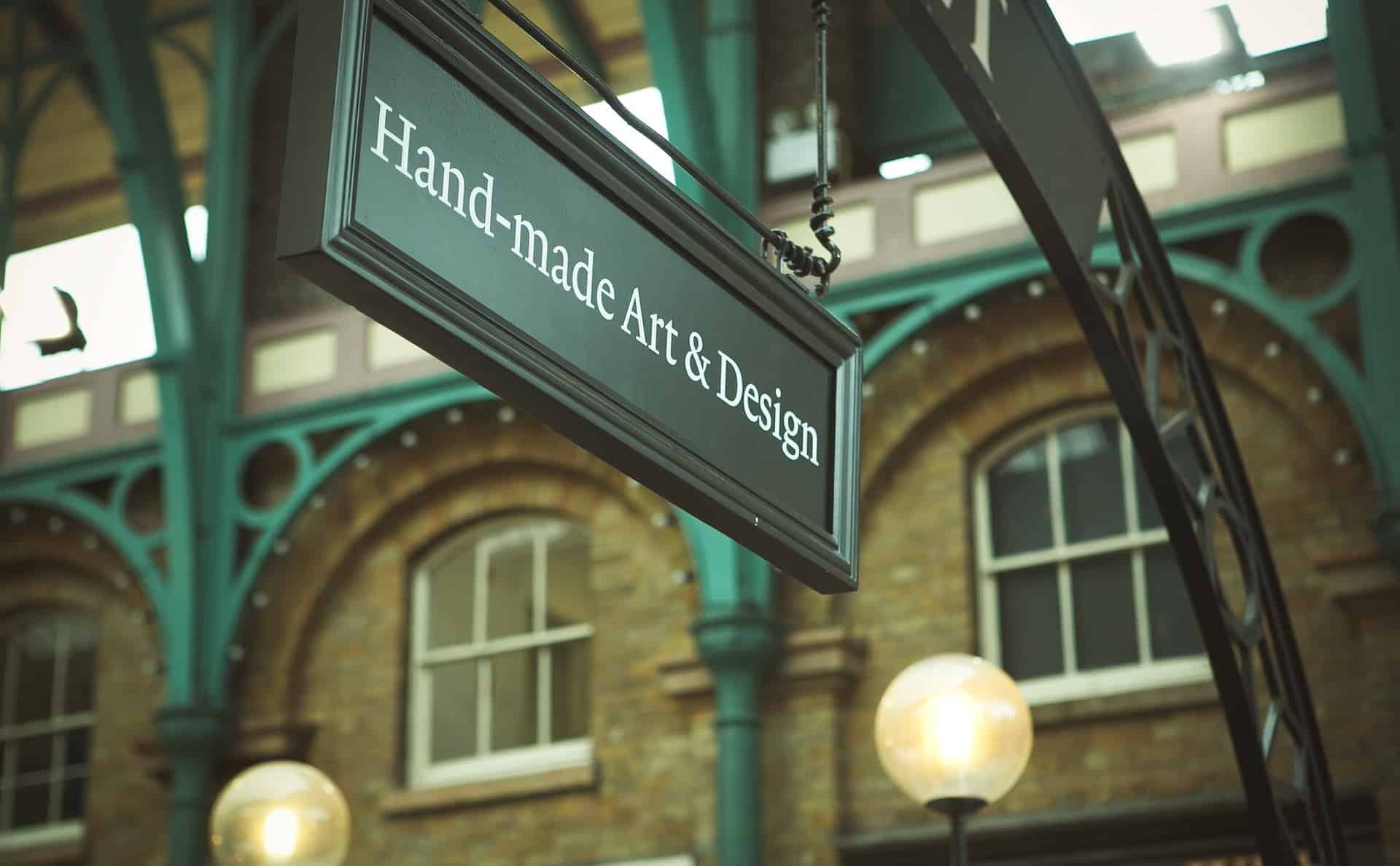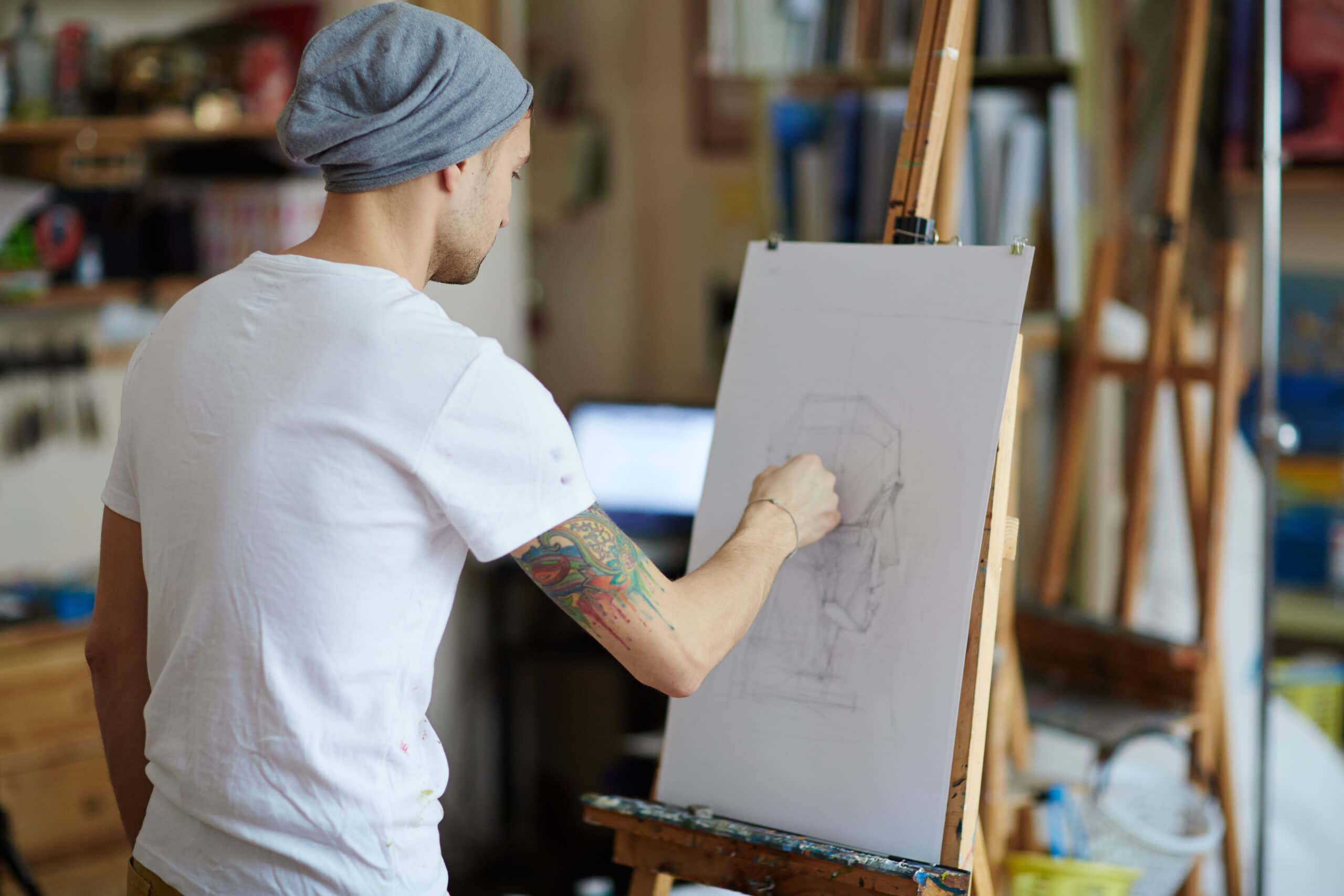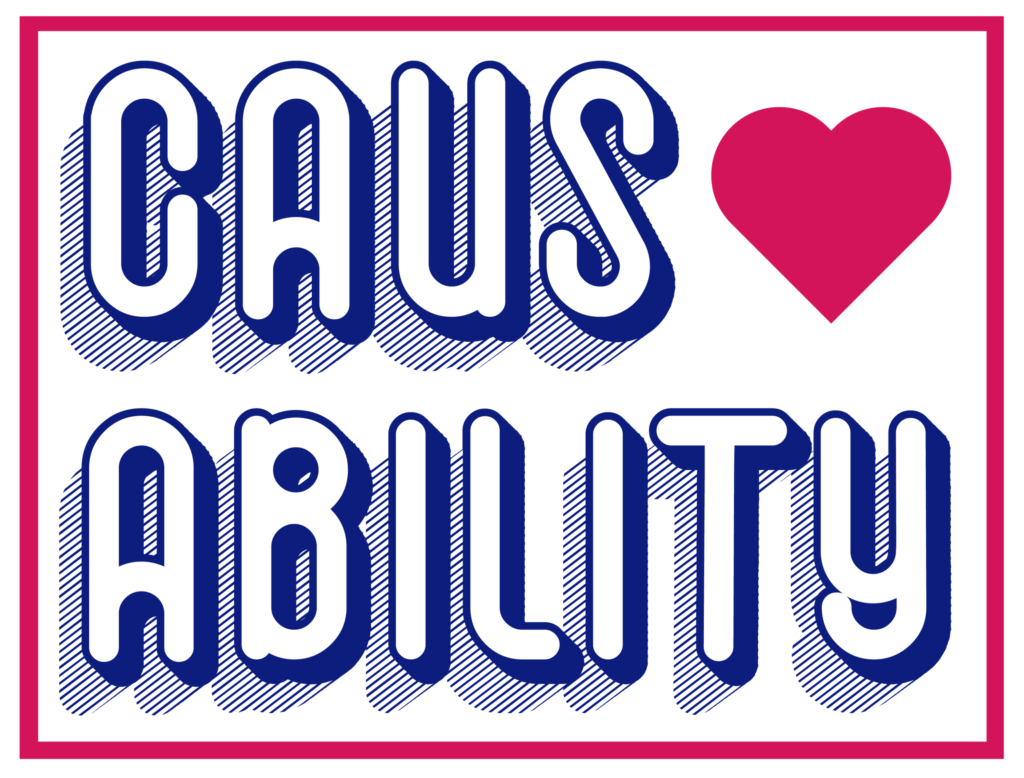What is Creative Reuse? It’s the art of taking discarded, used, or broken items and turning them into objects that serve a purpose. Also known as upcycling, artists take unwanted items and give them a second chance at life. Creative reuse can be as simple as turning used chip bags into woven bags and as complex as turning scrap pieces of steel into sculptures.
Why is Upcycling Important?
- Reduce Waste: Upcycling reduces waste by giving discarded items that would end up in the trash another chance to be helpful. As a result, they’re removed from the global garbage cycle and serve a new purpose.
- Protect the Environment: Unlike recycling, upcycling only requires the time and energy of an artist. It doesn’t require valuable energy or water supply that results in adverse effects on our environment.
- Produce Unique Items: Every item produced by upcycling is unique, and no two art pieces are the same. It can inspire artists and help them grow out of their comfort zone.
Creative Reuse Tips
Develop Your Vision
Before setting out to find materials to repurpose, consider your vision:
- For whom are you creating this piece of art?
- What is its purpose?
- Where will it be displayed?
If you’re simply creating a piece of art to have as a household item, you might not need to find the most groundbreaking materials. However, if you’re looking to create an art piece that you plan to put in a gallery, you might want to spend more time looking at more impressive materials such as stainless steel.
Don’t Be Afraid of Trial and Error
During the creative reuse process, it’s important to remember that every piece may not be a success. If something doesn’t work out the way you wanted, recycling that item and trying again is okay. You might also decide to save it for a later art piece. The power of upcycling is that nothing is ever “wrong.” You have the creative freedom to choose how you want an art piece to be and what you want the final product to be.
Choose an Existing Canvas
Sometimes the best canvas is one that already exists. An example of this was seen in Louisiana after Hurricane Katrina in 2005. That year, hundreds of artists flocked to the streets to repurpose leftover wood into art pieces.
Instead of creating a canvas with texture and depth, they use an existing wood canvas to create beautiful art pieces. Not only was this an environmentally conscious way to go about repurposing art, but the markings and elements in the wood elevated their art to new heights.
Sometimes Less is More
If you’re a painter, sometimes you can agree that less is more. Not every repurposed artwork has to look like the next Mona Lisa.
Let’s say you’ve stumbled across an old painting that was discarded. If building on the existing artwork isn’t possible, you might be able to turn it into something like a chalkboard memo. Or you can change the plain paintings you find into a DIY paint by number. Then, paint over the existing picture and create a brand new work of art.
Creative Reuse Ideas for Artists
Mixed Media
Who doesn’t love a sound collage? Collages are often a mosh posh of different pictures and materials, making them the perfect art medium for creative reuse.
London artist Martha Haversham creates both images and collages from waste she finds in her everyday life. By finding beauty in the trash around her, she’s made dozens of eye-catching small images that give waste a new aesthetic purpose.
Painting
Not all creative reuse and upcycling means you need to go dumpster diving to find materials to work with. If you’re a painter, you could find your next piece of inspiration at your local thrift store.
You might stumble upon some old and abandoned still life paintings. These antique paintings can become new if you turn them into a word art painting or silhouette. This type of art generally works if you love the colors of a piece but not the subject matter.
Sculptures
Looking for ways to include creative reuse in your sculptures? Look no further than artist Thomas Dambo. Once Thomas realized that the only limit with his art should be his imagination, he started looking outside the traditional medium for sculptures.
Although he uses many different materials in his work, he’s most known for this work with wood. So instead of planning out what he wants to create first, he’ll look for wooden pieces in his surroundings and allow those to inspire his sculptures.
Look Around Your Home
For even simpler ideas of creative reuse, take a look around your home to see what materials you have on hand. For example, are you a wine drinker? Turn an old wine bottle into a fancy pendant light for your studio. Have you recently given your home a new coat of paint? Save the old paint cans and transform them into chic planters.
How to Practice Mindful Creative Reuse
Not all forms of upcycling or recycling are mindful. Artists who often transform unwanted waste into art should ask themselves questions like:
- How much energy will be consumed in creating this art? If the energy consumed in creating the new artwork is excessive, it might harm the environment instead of protecting it.
- Are the materials considered waste? Check to make sure that the materials you use for your art piece are waste and prolong their usefulness by using them.
- Will this art piece benefit the environment? Consider the impact of your art piece on the environment. Does it contribute to the planet’s welfare by keeping waste out of landfills?
Protect the Environment – Become an AFYC Artist
Do your part in helping the environment by partnering up with Art For Your Cause. We are working with artists across the nation to change the world of art and giving. AFYC is committed to reducing waste, and we do this by utilizing the print-on-demand method to keep as much art out of landfills as possible.
Become an AFYC artist today and start giving back one art piece at a time.

